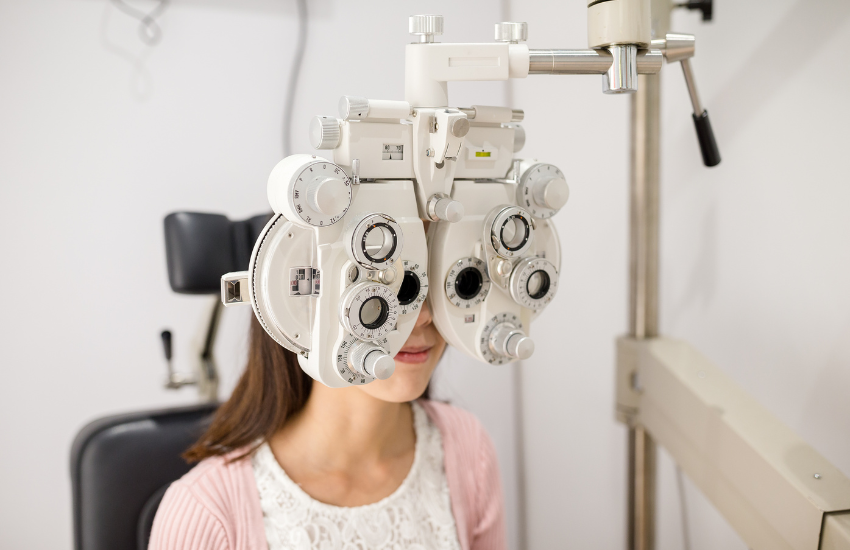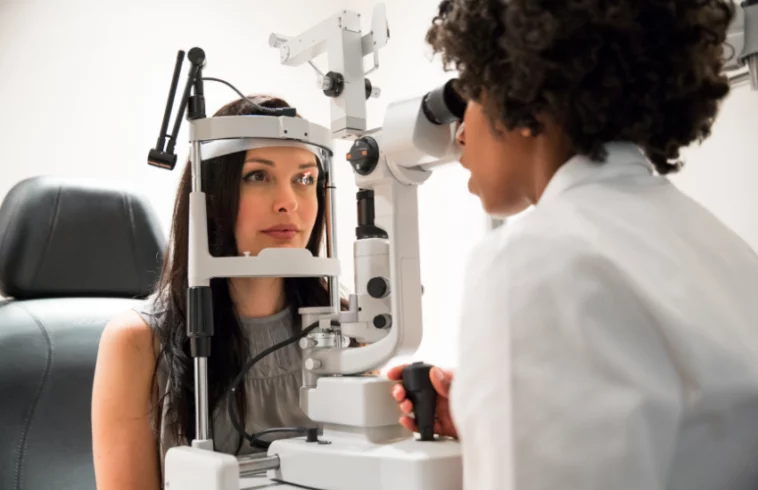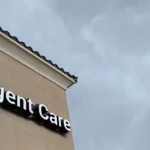Eye exam cost without insurance.
Regular eye exams are crucial for maintaining optimal eye health and detecting vision problems early on. However, the cost of an eye exam can be a significant concern, especially for those without vision insurance. This comprehensive guide will delve into the factors influencing eye exam costs without insurance, provide strategies for minimizing expenses, and emphasize the importance of regular eye checkups.
The Importance of Eye Exams
Regular eye exams are essential for maintaining good vision and detecting potential eye diseases and conditions. These exams provide a comprehensive assessment of your eye health, allowing your eye doctor to:
- Measure your vision acuity: This determines your ability to see clearly at different distances.
- Check for refractive errors: These include nearsightedness, farsightedness, and astigmatism.
- Evaluate your eye muscles: This ensures proper eye alignment and coordination.
- Assess the health of your eyes: This includes examining the retina, optic nerve, and other internal eye structures for signs of disease or damage.
Early detection and treatment of eye conditions are crucial for preventing vision loss and improving overall eye health. Regular eye exams can identify potential problems early on when they are most treatable.
Factors Affecting Eye Exam Costs Without Insurance
Several factors can influence the cost of an eye exam without insurance. These include:
Location: The cost of eye exams can vary significantly depending on your location. Eye exams tend to be more expensive in urban areas compared to rural areas.
Type of Exam: The type of eye exam you receive also affects the cost. Comprehensive eye exams, which include a thorough evaluation of your vision and eye health, typically cost more than basic vision screenings.
Additional Tests: If your eye doctor recommends additional tests, such as a glaucoma test or a contact lens fitting, these will add to the overall cost of the exam.
Provider Type: The type of eye doctor you see can also influence the cost. Ophthalmologists, who are medical doctors specializing in eye care, typically charge more than optometrists.
Average Eye Exam Costs Without Insurance
The national average cost of an eye exam without insurance is around $175 to $200 for a first-time visit and $125 to $150 for a follow-up visit. However, the actual cost can vary widely depending on the factors mentioned above.
Minimizing Eye Exam Costs
While the cost of an eye exam can be a concern, there are several strategies you can employ to minimize expenses:
Compare Prices: Before scheduling an appointment, compare prices from different eye doctors in your area. Many providers list their fees online or over the phone.
Seek Discounts: Many eye doctors offer discounts for seniors, students, and veterans. Additionally, some insurance plans may offer discounts for out-of-network providers.
Utilize Free or Low-Cost Clinics: Some organizations and community centers provide free or low-cost eye exams to individuals with limited financial means.
Regular eye exams are essential for maintaining good eye health and detecting potential vision problems early on. While the cost of an eye exam without insurance can be a concern, there are several strategies you can employ to minimize expenses. Remember, the investment in your eye health is invaluable in the long run.

Frequently Asked Questions
- What is the average cost of an eye exam with insurance? The average cost of an eye exam with insurance is around $10 to $40 out of pocket. However, the actual cost will depend on your specific insurance plan.
- What if I can’t afford an eye exam? If you can’t afford an eye exam, there are several options available to you. You can contact your local EyeCare Center or a community health center to inquire about free or low-cost eye exams. Additionally, some organizations offer financial assistance to individuals who cannot afford eye care.
Additional Tips for Minimizing Eye Exam Costs
- Consider retail eye care: Retail eye care providers, such as those found in department stores and optical shops, often offer lower prices than traditional eye doctors’ offices. However, it’s important to note that retail eye care providers may not have the same level of expertise as optometrists or ophthalmologists.
- Negotiate with your provider: If you are unable to find a lower-cost provider, you may be able to negotiate a lower price with your current eye doctor. Explain your financial situation and see if they are willing to offer a discount or payment plan.
- Take advantage of flexible spending accounts (FSAs) or health savings accounts (HSAs): If you have an FSA or HSA, you can use these accounts to pay for eye exams and other eligible healthcare expenses. This can help you save money by paying for your exam with pre-tax dollars.
- Be aware of your insurance coverage: If you have vision insurance, be sure to understand your plan’s coverage and limitations. This will help you know what costs you will be responsible for out of pocket.
- Seek preventive care: By taking care of your eyes and maintaining good vision health, you can help to prevent the need for more expensive treatments in the future. This includes wearing protective eyewear when appropriate, avoiding eye strain, and following a healthy lifestyle.
Conclusion
Regular eye exams are essential for maintaining good eye health and preventing vision problems. While the cost of an eye exam without insurance can be a concern, there are several strategies you can employ to minimize expenses. By following the tips outlined above, you can ensure that you receive the eye care you need without breaking the bank. Remember, investing in your eye health is an investment in your overall well-being.tunesharemore_vert
We recommended you



